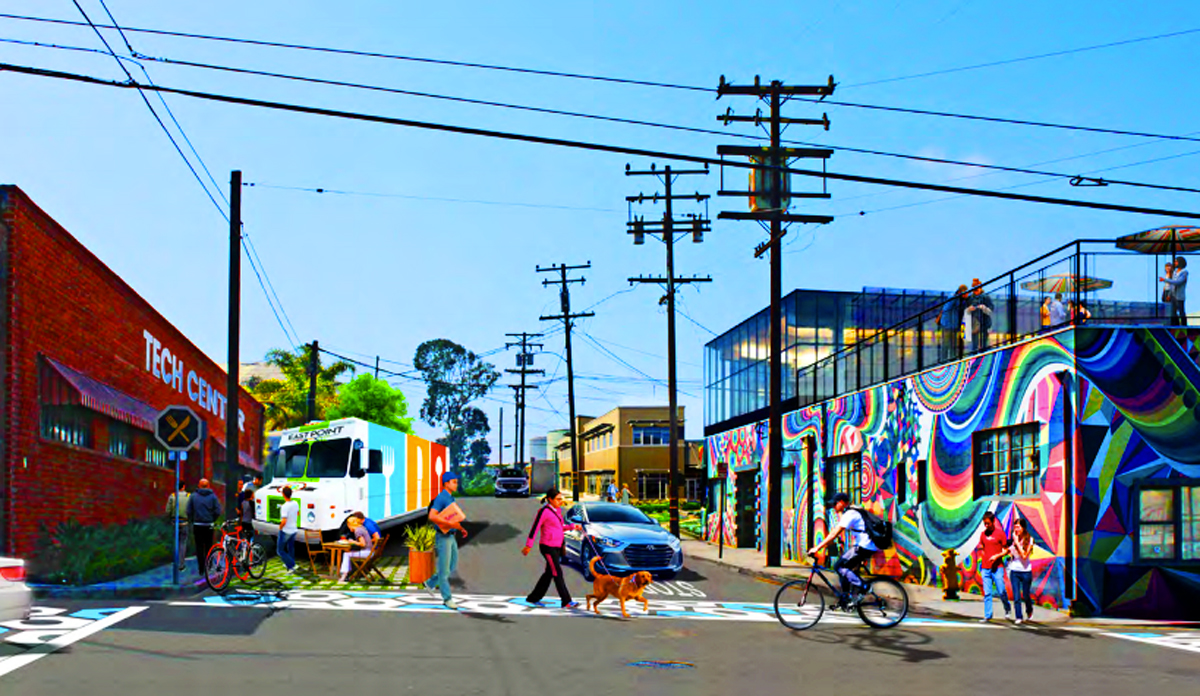Trending
El Segundo has a plan to attract the tech sector to its industrial city
The city wants to make the Smoky Hollow neighborhood "a vigorous incubator district"

El Segundo is officially opening its doors to the tech sector.
The small city just south of Los Angeles International Airport unveiled a sweeping new proposal to make 120 acres of its industrial Smoky Hollow neighborhood more welcoming to creative office tenants and tech businesses.
The city wants to transform the aging district into “a vigorous incubator district and major economic force,” according to the plan document.
Zoning changes are central to that. City officials said the “Smoky Hollow Specific Plan” allows for total gross property development of nearly 3 million square feet of office, industrial, and public building space through 2040, according to Bisnow, which first reported on the plan.
The project makes its Franklin Avenue corridor the backbone of the neighborhood — one ripe for the type of adaptive reuses that have characterized similar shifts around the country from industrial- to tech-focused.
Many smaller tech firms have already moved into the El Segundo area, utilizing its large industrial spaces and lower rents compared to tech meccas like Santa Monica and Venice. In late February, developer LIMO Company announced a plan to redevelop a two-block site in Smoky Hollow into a research and development campus.
Allowed uses by right include alcohol production facilities, light industrial facilities, research and development, warehousing, general office space, and support services. Most restaurants will be allowed as well. Heavy industrial, personal storage, and alcohol sales will be allowed with special permits.
Even longer is the list of uses not allowed in the Specific Plan, including banks, housing, live/work buildings, mini storage, medical offices, retail, and gyms. Retail may be allowed as an accessory use.
The city itself will undertake infrastructure and streetscape improvements, including expanding sidewalks, creating bike paths, and adding high-visibility crosswalks.
The plan will now go to the city’s planning commission and then the city council for approval, which could lead to minor changes. The city doesn’t anticipate major changes though, principal planner Paul Samaras said. The city council could vote on it by the summer.
Over in the northeast side of El Segundo, the Los Angeles Times is moving into a new permanent office, a surprise move that could bring more attention to the city of 16,000. [Bisnow] — Dennis Lynch




